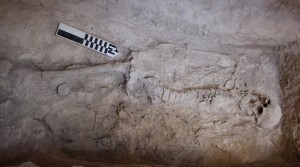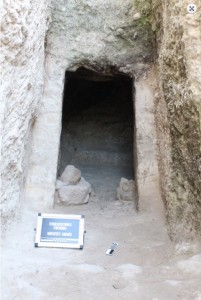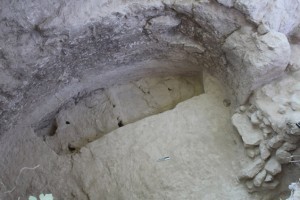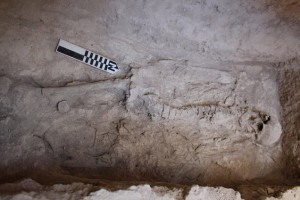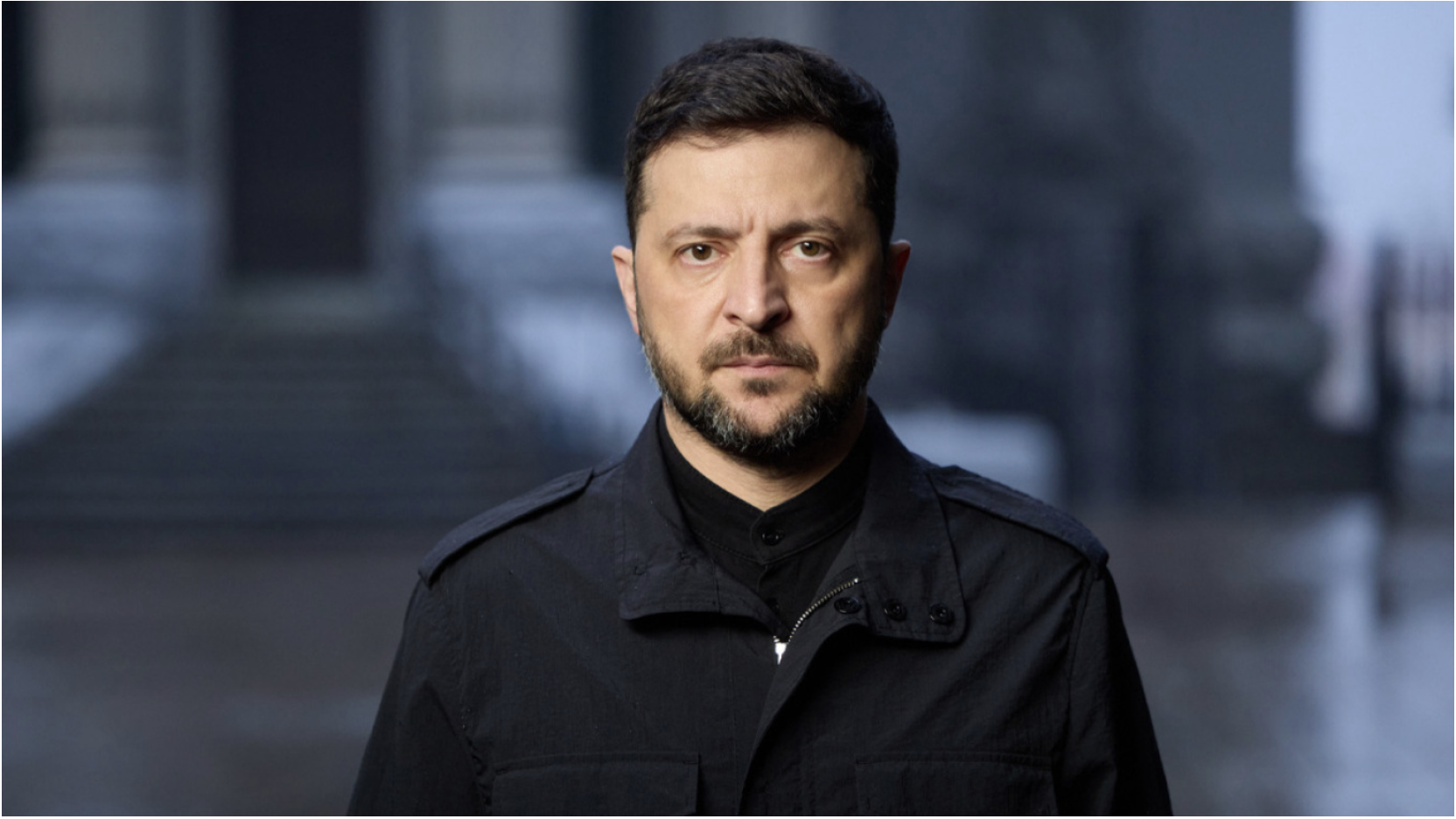New burial monuments were discovered and studied during the second period of the ongoing excavation in Nemea, which was completed on 29 July, according to a statement released by the Ministry of Culture. The Mycenaean cemetery at Aedonia consists almost exclusively of chamber tombs organized in clusters. The hammocks are graves carved on the rock and consist of three sections: the road, a downhill runway leading from the surface of the ground to the opening, the entrance of the tomb blocked by irregularly placed stones, sealing the underground burial chamber. The most recent excavations brought to light two new chamber tombs, and despite the fact that one of them had been looted, the archaeological team managed to date it to the latter Mycenaean period (1350-1200 bC). The second tomb, which was found under thick layers of sediment dated in the Archaic, later Roman and meso-Byzantine periods, was made in the early Mycenaean era. The systematic excavation in the area is taking place under the auspices of the Corinth Antiquities Ephory with the supervision of Dr. Konstantine Kissas with the collaboration of Dr. Kim Shelton head of the Nemea Center for Classical Archaeology of the University of California at Berkeley.
The Mycenaean cemetery of Aedonia was discovered and plundered by smugglers in the 1970s and 1980s, and burial items ended up in the networks of the international illicit trade in antiquities.
Ask me anything
Explore related questions
